
Subscribe & stay up-to-date with ASF

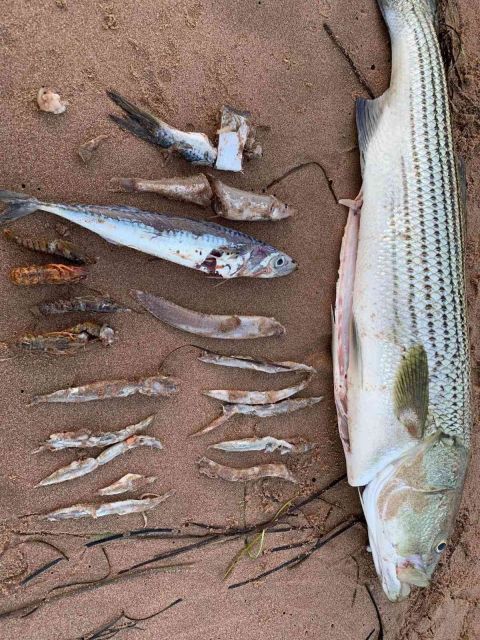
ASF’s Nathan Wilbur and Don Ivany, Report:
In 2017 striped bass began appearing off the coast of Labrador, a phenomenon previously unobserved by local coastal fishers. Tagged fish revealed that these striped bass originated from the Southern Gulf of St. Lawrence population, which usually spawn in the Northwest Miramichi River. The conventional range for this population spans the Southern Gulf, covering areas from the Gaspé’s south shore to eastern New Brunswick waters, PEI, and stretching to Cape Breton’s western shore. The sudden appearance of striped bass in Labrador indicated that they had ventured well outside their customary territory.
This unusual movement can be traced back to the spike in the striped bass population in 2017. Estimates showed an explosive growth from roughly 300,000 spawning fish to an astonishing 994,000. It’s postulated that this rapid growth in population led them to venture into Labrador, potentially for food exploration or to locate new food resources. Yet the winter revealed the perils of their journey: reports highlighted many dead striped bass in Labrador. Many bass couldn’t navigate back to the Southern Gulf and succumbed to frigid water temperatures.
In the years following this episode, the population of the striped bass stabilized. Between 2018 and 2021, the population remained consistent, hovering around 300,000 spawners. However, 2022 witnessed another surge, with numbers ascending to 472,000. This surge mirrored the events of 2017, and in 2023 striped bass have once again been seen venturing beyond their typical Gulf range and appearing in Labrador.
These events suggest that the Southern Gulf’s ecological carrying capacity for striped bass is about 300,000 spawners. When they surpass this threshold, the fish expand into newer territories like Labrador. However, there’s a discord between the observed data and the Department of Fisheries and Oceans (DFO) metrics. DFO’s benchmarks indicate that the striped bass population is only viewed as healthy at 720,000 spawners, with a minimum conservation threshold set at 330,000 spawners. This official stance seems to misalign with ground observations concerning the population’s health.
Recently, sightings of striped bass have re-emerged, particularly in Southern Labrador regions like Forteau to Cartwright. These observations coincide with reports of water temperatures around Newfoundland hitting record highs this summer, approximately five degrees above the norm. The warmer waters may now be more conducive for striped bass compared to past years.
ASF and our partners are holding three community events to celebrate the launch of Wild Salmon Watersheds, our new freshwater Atlantic salmon conservation program.
Wild Salmon Watersheds is designed to conserve and protect rivers where salmon still thrive and prevent future declines. We will do this by equipping local partners with the knowledge and resources to complete long-lasting conservation projects. ASF’s goal is a North American network of up to 30 partner watersheds in places where wild Atlantic salmon are thriving, fisheries are active, and the connection between people and salmon is strong.
Government, Indigenous, and non-government organizations, including ASF, have traditionally focused efforts where populations have reached critical levels and habitat is badly damaged. This necessary work should continue, but climate change, expansion of industry, and development threaten all rivers and calls for a new approach to Atlantic salmon conservation. Wild Salmon Watersheds is focused on long-term, proactive conservation by building local capacity, protecting important watershed features from harmful industries, and enhancing habitat.
The vision for Wild Salmon Watersheds is an abundant, resilient, self-sustaining North American Atlantic Salmon population that is sustainable over the long-term, utilizing 100 year or 7-generation thinking.
Through the program we want to develop a network of watersheds with effective protections and strong local organizations that will ensure underlying natural ecosystem functions and their associated human relationships are maintained in perpetuity.
Partnerships were struck with Indigenous and non-Indigenous organizations in three watersheds: the Nepisiguit River in New Brunswick, the Margaree and Cheticamp rivers in Nova Scotia, and the Terra Nova River in Newfoundland and Labrador. Come out and join us for some lunch, cake, drinks, and nature walks. You can also try out fly casting at the events in Newfoundland and Nova Scotia!
Nepisiguit
Hosts: The Atlantic Salmon Federation, the Nepisiguit Salmon Association, and
Pabineau First Nation
Location: Pabineau First Nation
Date: August 25 from 9am-12pm
Cheticamp
Hosts: The Atlantic Salmon Federation, the Margaree Salmon Association, and the Cheticamp River Association
Location: Cheticamp Visitor Centre, Cape Breton Highlands National Park
Date: August 23 from 12-2pm
Terra Nova
Hosts: The Atlantic Salmon Federation and the Freshwater Alexander Bays Ecosystem Corporation (FABEC)
Location: Bonavista Bay Search & Rescue (W Riverside Rd, Glovertown, NL)
Date: August 25 from 12-2pm
What is a Wild Salmon Watershed?
For more information, please contact Kris Hunter, director of Wild Salmon Watersheds for ASF - khunter@asf.ca
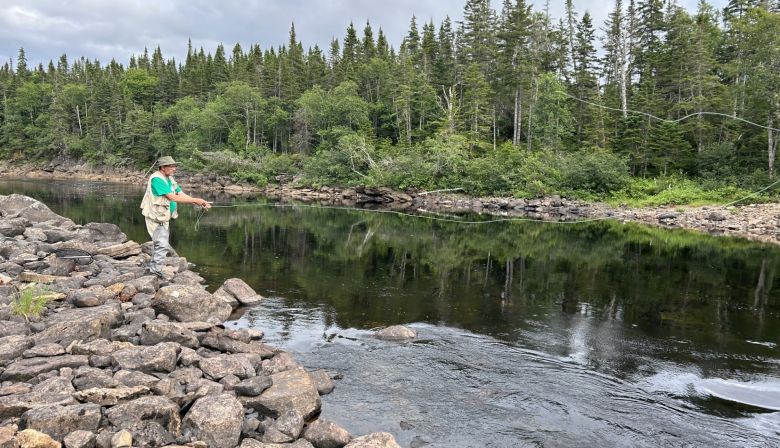
Fishing across most parts of Newfoundland and Labrador has been tepid in recent weeks. With a few outliers, rivers have seen warm temperatures, hovering around 18°C, and maintained low water levels. Dave Millie reports that he and his group didn’t hook any salmon while fishing multiple rivers in Southern Labrador and on the Northern Peninsula between August 4-11.
Conversely, Central Labrador, with its cooler water temperatures, offers a glimmer of hope. Dwight Lethbridge from Pratt Falls Lodge notes a significant uptick in catch rates during the second week of August. Fresh salmon schools entering the river added to the optimism. Paul White, a seasoned angler, also had success on the Pinware River recently.
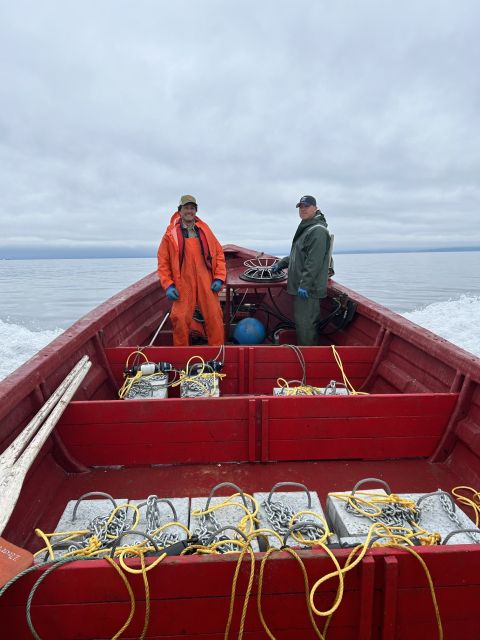
For the rest of the province, patience is vital. Fishing success has been intermittent, and anglers need to invest more hours. The overarching sentiment is a call for cooler temperatures and substantial rain. The looming hurricane might just be the answer. Meanwhile, DFO’s latest fishway counts, accessible here, indicate a modest uptick for some rivers.
Another concern with such low water levels is poaching. However, this season has seen fewer poaching reports than previous ones. This might be a testament to a more vigilant public and active enforcement. Still, some individuals risk it. On a brighter note, many culprits face consequences, thanks to public tips and our adept enforcement bodies. For a recent poaching bust by the Provincial Enforcement Agency, click here.
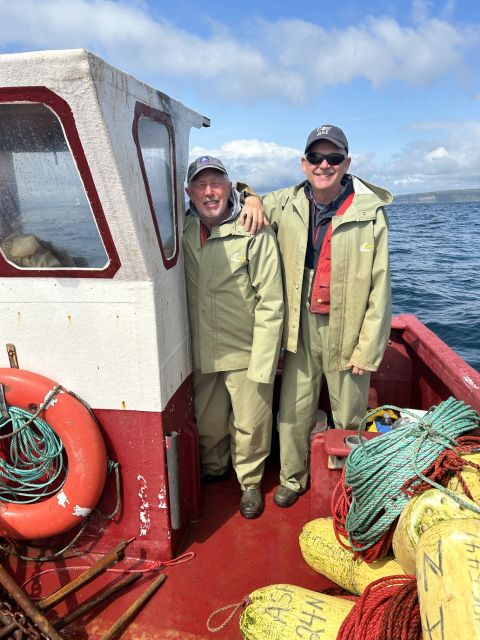
Lastly, a word on the ASF Research Department’s ongoing initiative. For over a decade, they’ve been tagging salmon across Atlantic Canada and Quebec. This program aims to pinpoint where significant salmon mortality happens and devise solutions. Small transmitters in smolt and kelt relay signals to strategically placed receivers.
For several years, I’ve aided the ASF research team, deploying receivers across the Strait of Belle Isle between June and August. Last week, with support from Pedro Nilo of DFO and fishers Loomis and Monty Way, we retrieved almost all our receivers. In the coming weeks, this data will be analyzed by ASF’s researchers. Our objective? Gaining insights into salmon mortality, its causes, and potential preventive measures.
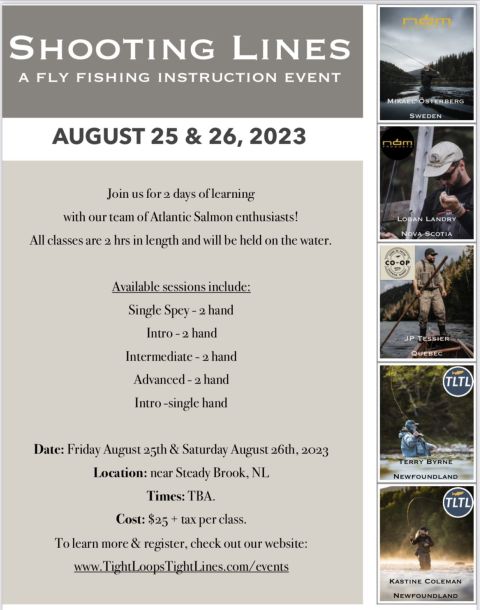
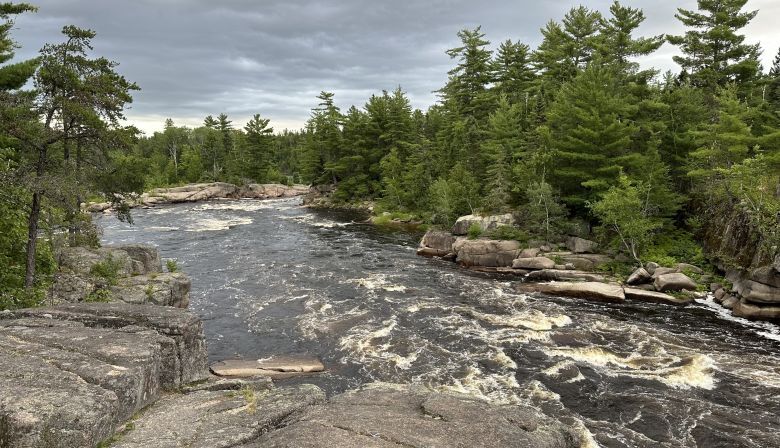
Serge Collin, New Brunswick Program Director, reports:
Click here to see updates from the Dungarvon fish barrier.
Click here to see updates from the NW Miramichi fish barrier.
With the recent influx of rain as well as cooler air temperatures, river conditions across all New Brunswick salmon rivers are at their optimum for this time of year. Anglers are optimistic, anticipating prime fishing conditions and a promising fall run as the season progresses.
As preparations are underway for launching our Wild Salmon Watersheds program, Kris Hunter, the WSW program director, and I dedicated most of the past week to the Nepisiguit River. Our agenda was to engage with a myriad of partners slated to collaborate on this ambitious venture. The longevity and success of this endeavor hinges on the dedication of countless volunteers and professionals from several organizations aligned with the Wild Salmon Watershed project. Notable contributors include the Pabineau First Nation, Nepisiguit Salmon Association, GINU (Gespe’gewa,gi Institute of Natural Understanding), Sentier Nepisiguit Mi’gmaq Trail Association, among others. A glimpse of this collaborative spirit was evident when Kris Hunter teamed up with members of the NSA for electrofishing at one of the 28 designated sites for this research.

To facilitate the monitoring of salmon returns on the Nepisiguit River, Pabineau First Nation has erected and currently oversees a counting fence in their community, just downstream of Pabineau brook. At this location, Kris and I had the privilege to converse with Joey and Cody, witnessing the installation’s operations firsthand.
A top priority for the Wild Salmon Watershed program is smolt data collection. The ultimate objective of the Wild Salmon Watersheds program is to create a sustainable future for wild Atlantic salmon and the communities that depend on them. Smolt data will act as a bedrock for these aspirations. Consequently, a portion of our discussions last week was dedicated to enlisting expertise in pinpointing potential river sites for data collection. One such location, situated slightly above the tidal water, is locally referred to as the Pumphouse.
In conclusion, I’d like to extend an invitation to those keen on attending and others with a vested interest in this program’s progression. Your participation and insights would be invaluable.
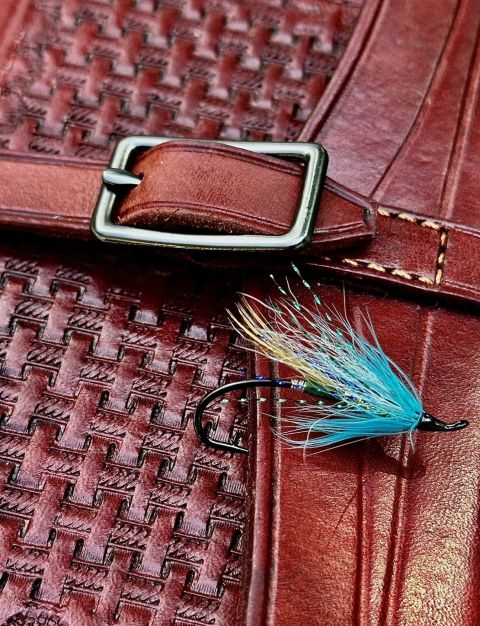
Iris Ciecko, ASF Member, reports:
A couple of days before our salmon fishing trip to Cape Breton, the summer 2023 issue of the Atlantic Salmon Journal came in the mail. My husband could not help but notice the 75th anniversary salmon fly that was created by Jacques Heroux, and he immediately sat down and tied a few for our trip. We fished the Margaree, but the new fly was overlooked. Why try something new when your old favorites are working? On the last day, on the last pass, I decided to try one of my new flies. I tied on a #4 ASF 75th anniversary fly. It didn’t take more than a few casts. I was hooked up and soon landed a bright 12-pound Atlantic salmon. Now I have a new favorite fly.
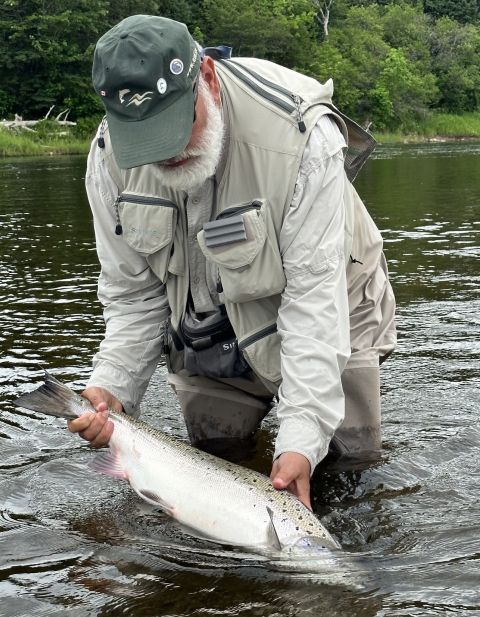
Charles Cusson, Quebec Program Director, reports:
Read the Full Report Complete with Fish Counts, Here. Lisez le rapport complet avec les comptes de poissons, ici.
It is certain that nature has helped to improve fishing conditions recently. Several rivers have seen their flows increase markedly, and in some cases flows have skyrocketed in a short time.
Currently, rivers such as the Matapédia, Bonaventure and Cascapédia have received generous rainfall, improving fishing conditions for the next week.
Several other rivers are still benefiting from the rainfall dating back to 10 days ago which seems to be providing interesting fishing results. According to the general manager of the Gaspé Zec, Rémi Lesmerises, “The flow rates are currently perfect providing a high-quality fishing experience! It looks and feels like spring! We have good runs and plenty of cold water, not to mention that it’s not very crowded presently. Now is the time to take advantage of it.”
Currently, the water conditions are generally good. Remember, when conditions return to normal and during warmer water conditions, please keep the duration of the fight to a minimum if you hook a salmon and please keep the fish in the water for the entire duration of the release process. There is no set time to release your catch, it will let you know when it’s ready to go.
Reminder to salmon anglers fishing the rivers of Quebec, take the time to declare your catches and releases, the managers will be very much obliged.
Tight Lines!
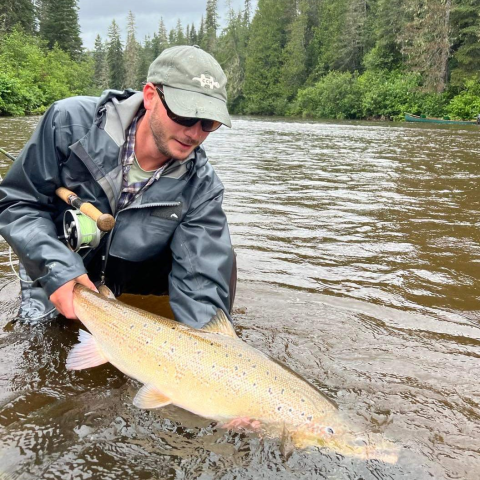
Présentement, des rivières telles la Matapédia, Bonaventure, Cascapédia ont reçu de généreuses précipitations, améliorant les conditions de pêche pour la prochaine semaine.
Plusieurs autres rivières bénéficient encore des précipitations d’il y a environ 10 jours qui semblent fournir des résultats de pêche intéressants. D’après le directeur général de la Zec Gaspé, Rémi Lesmerises, « Les débits sont présentement parfaits pour vivre une expérience de pêche de grande qualité! On se croirait au printemps! Nous avons de bonnes montaisons et de l’eau froide en quantité, sans compter que c’est très peu achalandé présentement. C’est le temps d’en profiter ».
En ce moment, les conditions d’eau sont généralement bonnes. N’oubliez pas, lorsque les conditions reviendront à la normale et que pendant les conditions d’eau plus chaude, veuillez svp réduire au minimum la durée du combat si vous piquez un saumon et veuillez garder le poisson dans l’eau pendant tout le processus de la remise à l’eau. Il n’y a pas de temps prédéfini pour relâcher un saumon, il vous indiquera quand il est prêt à partir.
Un rappel aux saumoniers qui pêchent les rivières du Québec, prenez le temps de déclarer vos prises et remises à l’eau, les gestionnaires vous en remercient.

Kris Hunter, WSW and PEI Program Director, reports:
This past week, Nathan Wilbur and I joined forces with the Souris and Area Branch of the PEI Wildlife Association (Souris Wildlife or SAB PEIWF), the Canadian Wildlife Federation (CWF), and the PEI Watershed Alliance (PEI WA) for a couple of days in Souris, PEI. We toured several rivers to examine fish crossings.
Our primary objective was to conduct culvert assessments and evaluate stream crossings at barrier beaches. This was part of a broader partnership with CWF to devise a fish passage prioritization tool for watershed groups. Originating from work done in BC and Alberta, and drawing inspiration from ASF’s efforts in Maine, the CWF is adapting this tool to cater to east coast species while ensuring it’s suited to our river conditions and habitats. In this initiative, ASF is collaborating with SAB PEIWF and CWF to test areas in northeastern PEI. Meanwhile, another pilot is in the works with the Confederacy of Mainland Mi’kmaq, focusing on the Avon River in Nova Scotia. Our current efforts are pivotal for verifying the initial modeling and consulting segments of the project. Once perfected, this tool promises to be invaluable for our affiliates and partners.
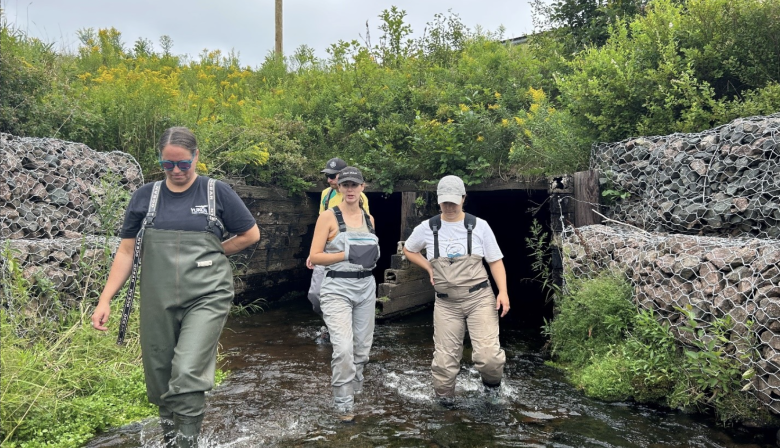
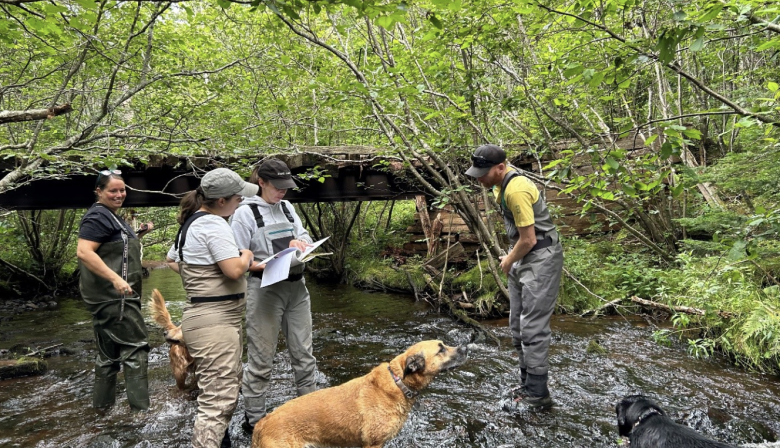
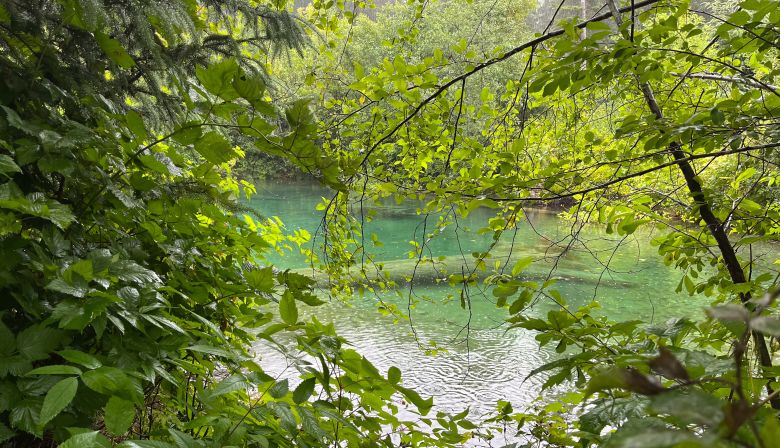
Heather Perry, ASF Biologist, reports:
During my two-week journey around Vancouver Island, the call of duty was never far from my mind. Everywhere I turned, the prominence of salmon in the local culture was palpable—from art and hatcheries to fishers and tourism. But beyond this, the looming threats to this critical species and the incredible collective efforts to safeguard them captured my attention. I felt compelled to document my observations, both as a testament to ongoing work and as a harbinger of what we’re fighting against.
My discussions with a fishing guide in Campbell River underscored the issue. He had hoped for a robust salmon return this year. But the scorching summer left spawning habitats parched, dashing any hopes of boosting dwindling salmon populations. As we traversed the north island, dry riverbeds beneath every bridge painted a grim picture. Adult salmon, dodging perils along their migratory path, arrived at their destination to find their spawning grounds decimated.

Furthermore, the rising stream temperatures are wreaking havoc on juvenile salmon. These young fish risk entrapment in oxygen-starved pools where lethal temperatures can prevail. Even where cold water refuges exist, they can attract predators, endangering the salmon further. On the bright side, organizations like the Tsolum River Restoration Society and Reddfish are working tirelessly to rejuvenate these ecosystems.
Observing the dry rivers, I was reminded of a disturbing fact I learned recently: the Miramichi River reaches temperatures exceeding 27°C during summer. While the conditions on Vancouver Island differ from my usual research areas, nature’s unpredictability, evident in early wildfires and unexpected rainfalls, hints at a changing paradigm.
Expert insights from Greg Taylor, a Saltspring-based fisheries specialist, further elucidated the challenges. While he projected some optimism in his 2023 salmon return forecast, he was quick to highlight the ever-evolving factors influencing such predictions. He stressed that anticipating the unexpected is the new norm.

Cruising through the pristine Clayoquot sound, I noted the conspicuous absence of Atlantic salmon in the large Cermaq-owned open net pens. The Department of Fisheries and Oceans (DFO) seemed intent on phasing out such open-net pens in BC. However, recent legal challenges have thrown this decision into contention, emphasizing the nuanced complexities of such interventions.
The lush expanses of Clayoquot sound, with its verdant mountains, were a welcome sight compared to the scarred landscapes elsewhere. Still, the scars of past logging practices were visible upon closer inspection. The preservation of forests in this region is a testament to the valiant ‘war in the woods’ led by the Nuu-chah-nulth First Nations in the 1990s. Yet, conservation and restoration are ongoing endeavors. For instance, the Central Westcoast Forestry Society and Ahousaht First Nation have undertaken commendable efforts to restore spawning habitats in the Bedwell River, mitigating the impacts of past logging activities.
Conservation challenges are intensifying, and as threats mount, collaboration and knowledge-sharing become paramount. It’s essential to not only address the symptoms but target the root causes of these issues. Joint initiatives, like Wild Salmon Watersheds, underscore the power of unified efforts, channeling resources where they can yield maximum impact.